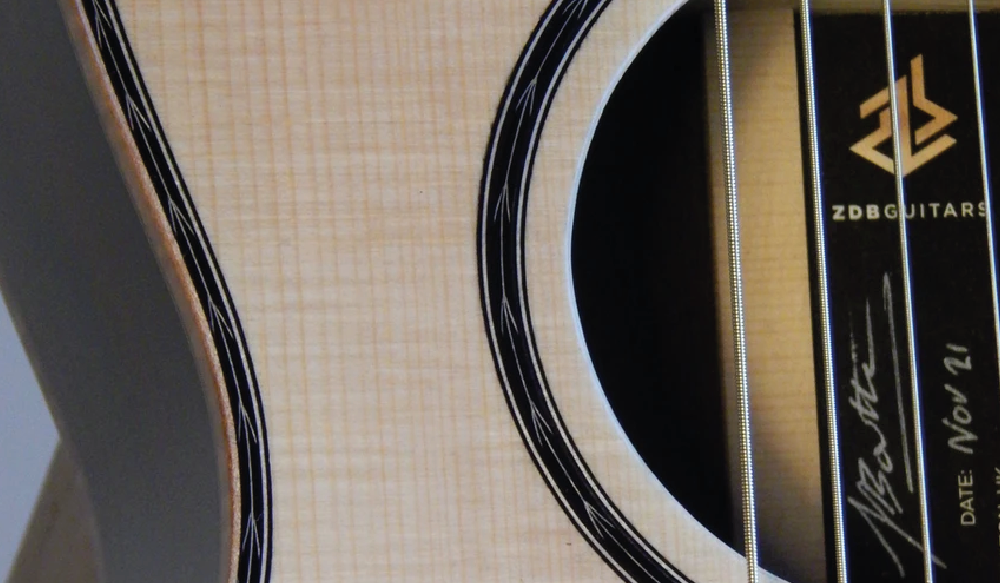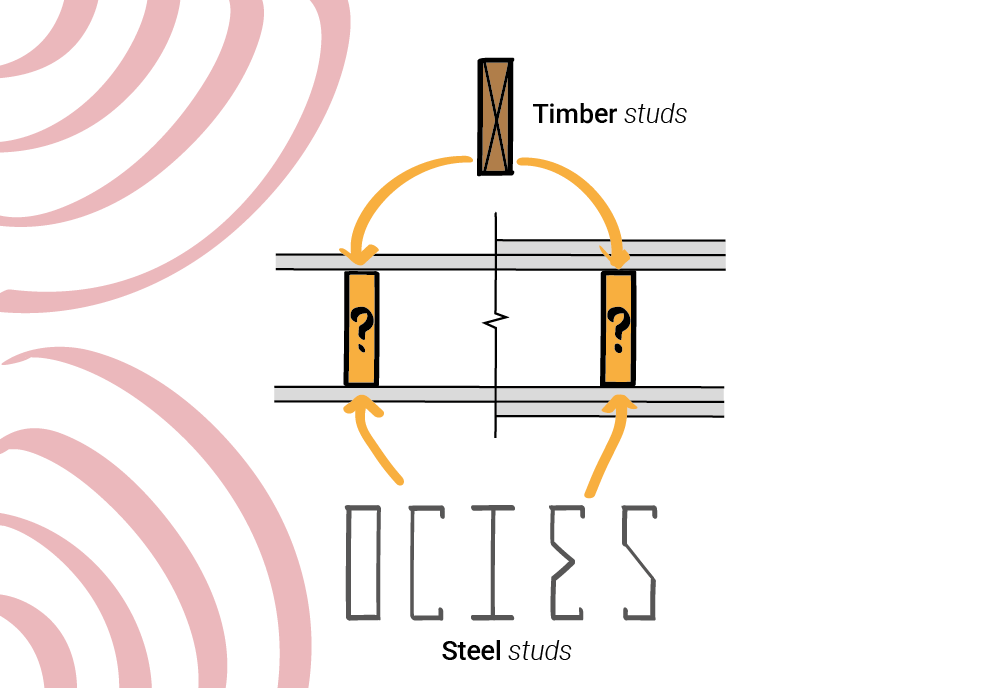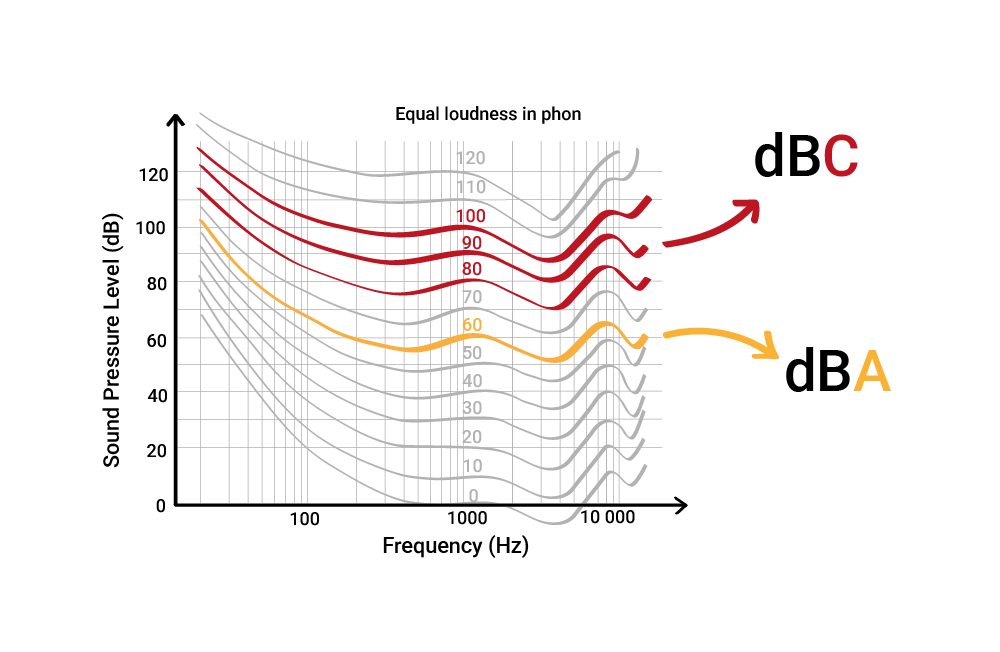
I am very happy to welcome you to the very first episode of High Point.
For this episode, we visited Zac booth in Great Eastern in Leicestershire, which is roughly in the middle of England.
A few years ago, Zac set up ZDB Guitars to live from his passion, making high-end and bespoke guitars.
Zac told us a lot of interesting things during the episode, and I can tell you the creative process and the guitars are incredible.
You can see some pictures of the workshop and the guitars on his website www.zdbguitars.com or on this page below.
For more episodes of the High Point podcast, follow this link or this one for Youtube.


